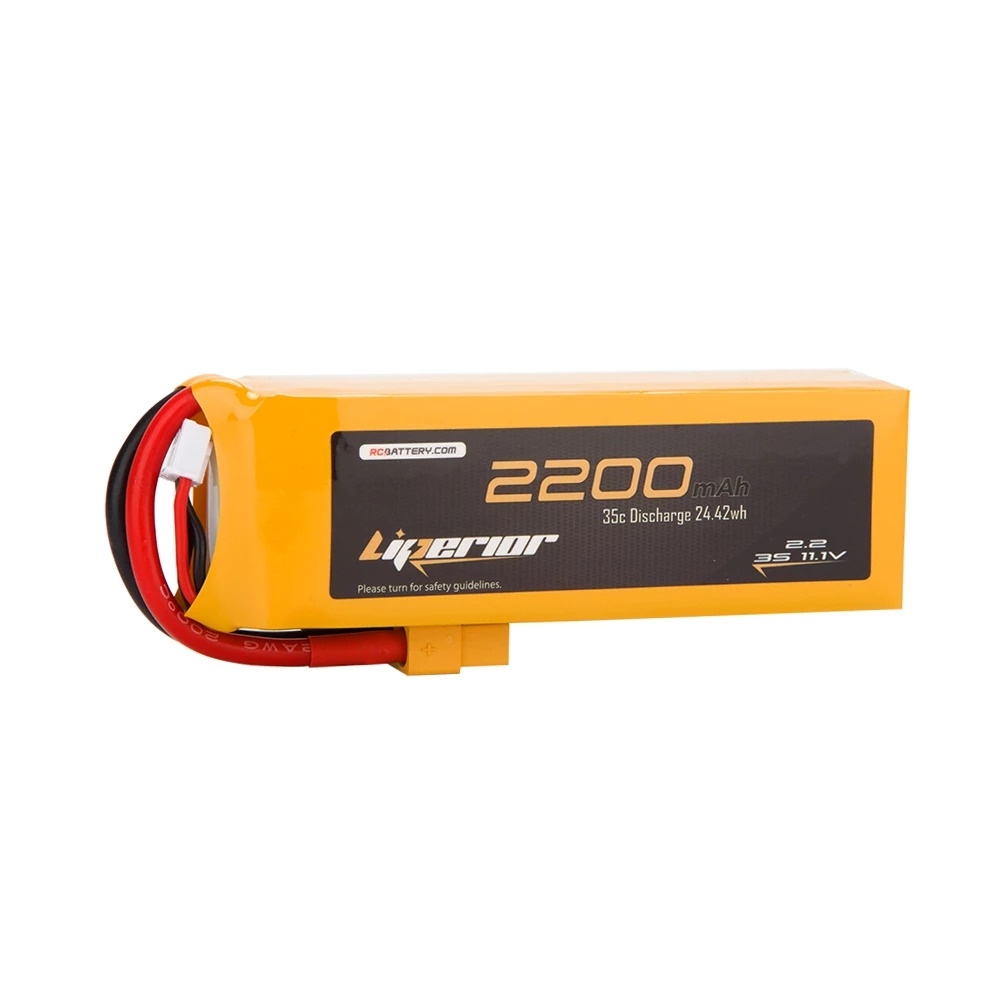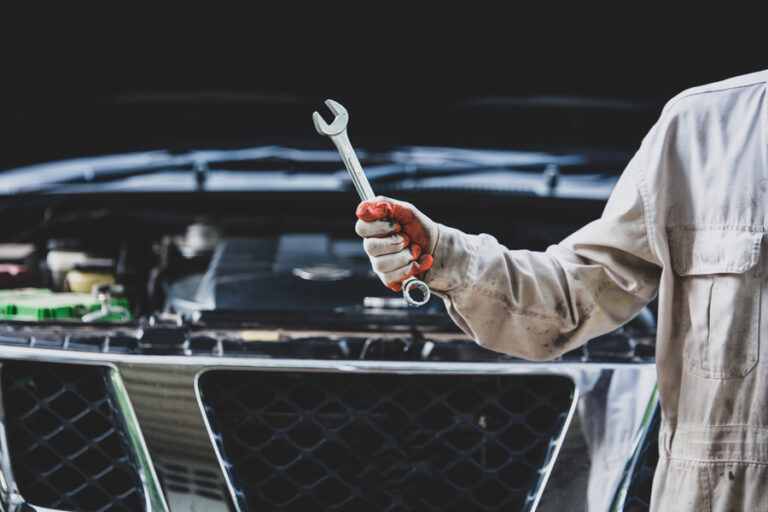If you’re a hobbyist or enthusiast who relies on the power of 3S LiPo batteries in your RC vehicles or drones, you understand the importance of these versatile energy sources. However, 3S LiPo batteries can encounter problems that may impact your experience like any technology. This comprehensive guide will delve into some common issues that users often face with their 3S LiPo batteries and provide practical solutions.
Whether you’re dealing with swelling, low voltage, or balance problems, we’ve got you covered, ensuring your continued enjoyment of your hobbies while emphasizing the safety of using 3S LiPo batteries.
Issue 1: Swelling of the 3S LiPo Battery
Cause: Swelling in a RC battery is primarily attributed to overcharging, discharging beyond safe levels, or sustaining physical damage.
Solution
- Priorities Safety First: When faced with a swollen RC battery, your paramount concern should always be safety. These batteries can become volatile and dangerous, so handling them with the utmost caution is crucial. When dealing with a swollen battery, wearing safety goggles and gloves is recommended. The goggles protect your eyes in case of any unexpected release of gas or electrolyte, and gloves provide an additional layer of protection.
- Discontinue Use: When you notice a swollen battery, cease using it immediately to prevent potential risks. A swollen LiPo battery can rupture, leak, or, in extreme cases, catch fire. Isolate it from other batteries and any flammable materials, placing it in a fireproof container if available.
- Safely Discharge: To prevent further complications, safely discharge the battery to around 3.0V per cell using a specialized LiPo discharger. This controlled discharge minimizes the risk of overheating, thermal runaway, or other swelling-related issues. Be sure to perform this discharge process in a well-ventilated area and with due care.
- Dispose Properly: It’s critical to dispose of the swollen battery strictly following your local regulations and guidelines. Never puncture, burn, or throw a LiPo battery in the regular trash, as it poses environmental and safety hazards. Consult your local waste management authorities or recycling center’s for information on the proper disposal methods for damaged LiPo batteries. In some areas, specialized facilities may handle hazardous waste, which can safely and appropriately address the disposal of damaged LiPo batteries.
Issue 2: Low Voltage in Your 3S LiPo Battery
Cause: Low voltage in your 3S LiPo battery can be attributed to over-discharging, leaving the battery idle for an extended period, or operating it in extreme temperatures.
Solution
- Check Voltage: Utilize a LiPo voltage checker to assess the voltage of your battery. If any cell voltage is below 3.0V, it’s considered dangerously low and requires immediate attention.
- Recharge with Care: If the voltage is low but not critically low, recharge the battery using a LiPo balance charger set to the appropriate voltage. Typically, this is around 3.7V per cell for storage purposes. During the charging process, monitor the battery closely to ensure it doesn’t overheat or exhibit any unusual behaviour. Additionally, it’s advisable to use a fireproof charging bag to contain any potential issues and protect your surroundings.
- Utilize Storage Mode: If you do not plan to use the battery for an extended period, it’s best to store it at the recommended storage voltage, approximately 3.7V per cell. Keeping your LiPo battery at this voltage helps prolong the battery’s lifespan and maintains its overall health. Many LiPo chargers have a storage mode that automatically sets the battery to this voltage, making the process easier.
- Replace Damaged Cells: In cases where cells have reached a critically low voltage and cannot be safely recharged, it’s advisable to replace the problematic cell or, if necessary, the entire battery pack. Consult your battery manufacturer or a specialist in LiPo batteries for guidance on safe replacement procedures. Replacing individual cells within a package should be performed carefully and typically requires soldering skills. Ensure that you have the correct replacement cells that match the specifications of your original battery pack.
Issue 3: Balance Issues in Your 3S LiPo Battery
Cause: Balancing issues occur when the voltage of individual cells within the 3S LiPo battery becomes uneven. It can result from overcharging, over-discharging, or charging at the incorrect balance setting.
Solution
- Balance Charging: Always use a LiPo balance charger when charging your 3S LiPo battery. This specialised charger ensures that each cell receives an equal charge, maintaining a balanced state. It is critical for the longevity and safety of your battery.
- Regular Checks: Periodically check your battery’s balance to ensure that no cell is significantly deviating from the others. You can use a LiPo balance checker before and after charging to verify the cell balance. If you notice significant imbalances, refrain from using the battery until the issue is resolved.
- Cell Replacement: If cells consistently fall out of balance despite proper care and charging techniques, consider replacing the battery. Contact the manufacturer for replacement cells or packs for your 3S LiPo battery model. Replacing cells in a package, or cell-level surgery, should be performed with the utmost precision and attention to safety. If you need more time to get comfortable with this process, consult an expert or experienced hobbyist for assistance in replacing cells.
Additional Tips for Maintaining Your 3S LiPo Battery
Regular Inspections
Before and after using your 3S LiPo battery, perform a visual inspection. Look for physical damage, irregularities, or any signs of wear and tear. These may include punctures or tears in the battery’s outer packaging, exposing the internal components to potential damage.
Safe Charging
Never leave your 3S LiPo battery unattended while it’s being charged. This simple precaution can prevent accidents and reduce risks. LiPo battery fires can occur if batteries are charged incorrectly or damaged.
Utilize a fireproof charging bag or a LiPo charging sack to contain potential issues and protect your surroundings during the charging process. These bags are designed to prevent the spread of fire or smoke in case of a battery failure. Placing the LiPo charger and battery inside the bag during charging is a good practice to enhance safety.
3S LiPo batteries are fantastic power sources for your RC vehicles and drones. Still, they require responsible care to ensure both performance and safety. With the right knowledge and precautions, you can continue enjoying your RC hobbies without the hassle of battery-related setbacks. Your 3S LiPo batteries are the lifeblood of your gear, so treat them with the respect and care they deserve.













